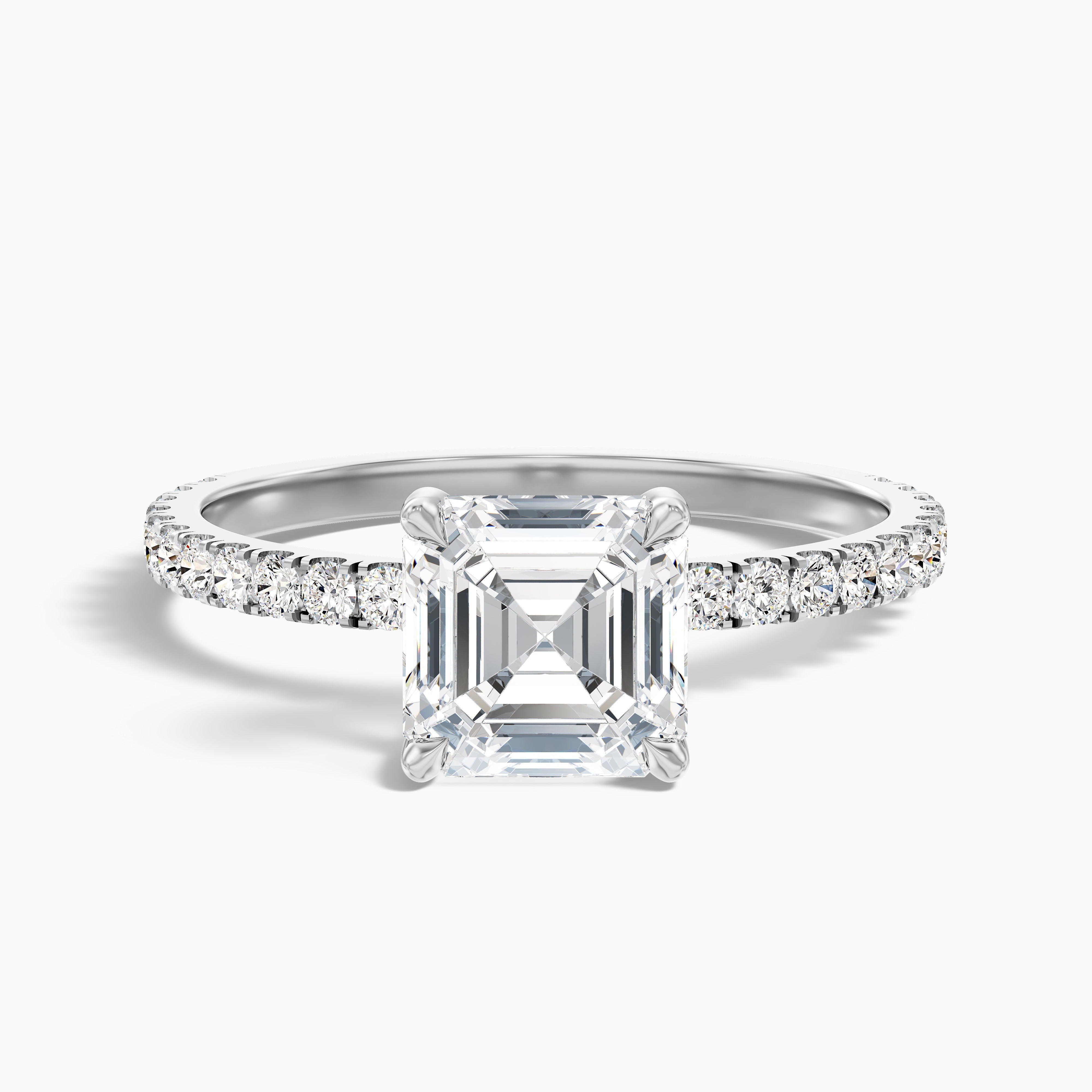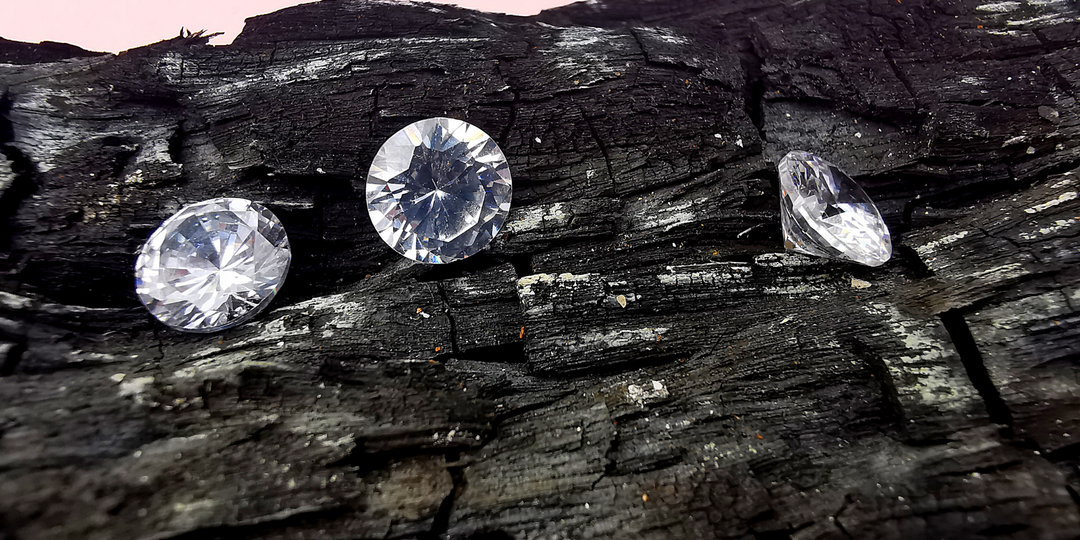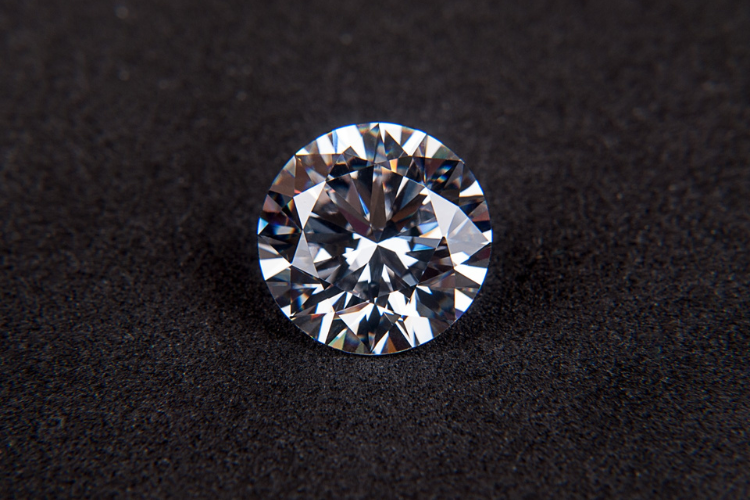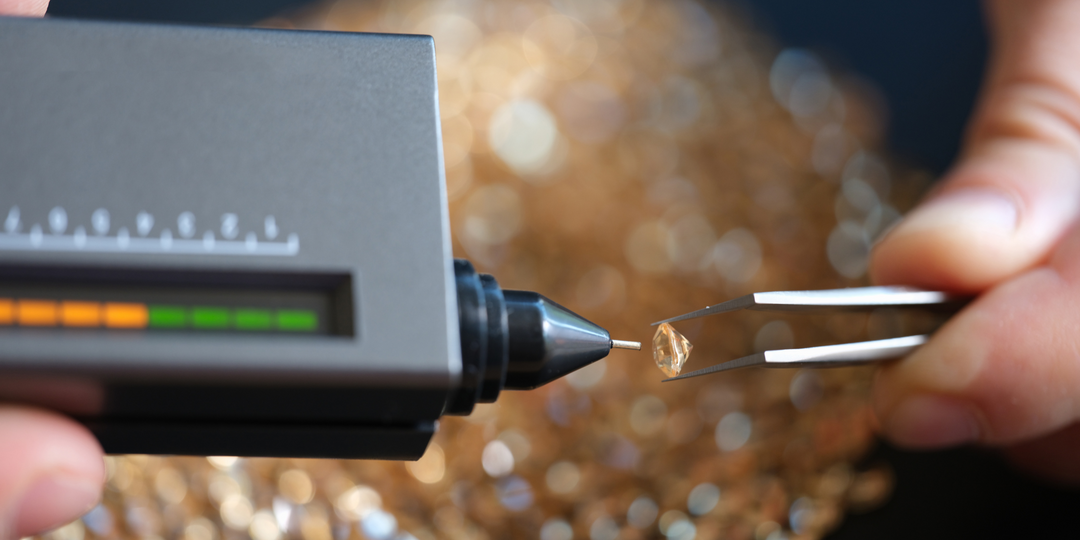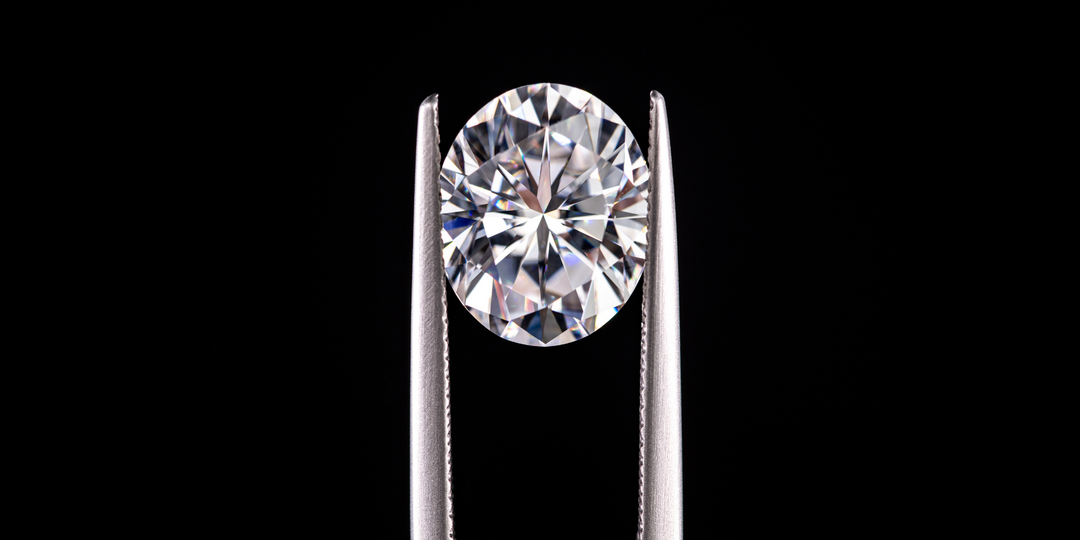Moissanite for Engagement Rings: Expert Opinions & What You Should Know
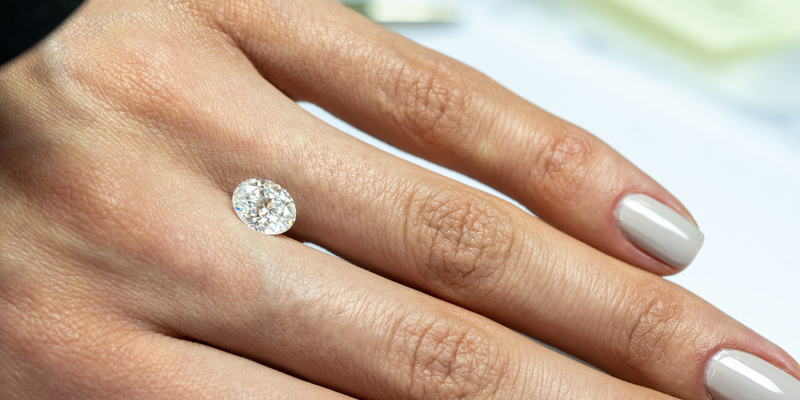
Engagement rings have long been dominated by diamonds, but moissanite is changing the game. More couples are choosing this brilliant, budget-friendly, and ethical alternative. But is moissanite just a "fake diamond," or does it stand on its own as a gemstone?
In this guide, we’ll break down everything about moissanite, where it comes from, why it’s growing in popularity, and what experts think. We’ll also compare it directly to diamonds, list the pros and cons, and help you decide if it’s the right choice for your ring.
What is Moissanite?
Moissanite might sound fancy, but its story is fascinating. It was first discovered in 1893 by a French scientist named Henri Moissan while he was examining a meteor crater in Arizona. At first, he thought he’d stumbled upon diamonds, but later tests revealed it was something different which is silicon carbide. That’s the chemical composition of moissanite, and it’s what gives this gemstone its unique properties.
Fast forward to today, and most moissanite isn’t found in space or meteor craters. Instead, it’s created in labs. This lab grown process makes moissanite more accessible and ethical compared to mined gems. The result? A stone that looks a lot like a diamond but has its special characteristics.
One of the standout features of moissanite is how it sparkles. It’s known for its high brilliance and fire, which means it reflects light in a way that creates intense flashes of color. Some people even say moissanite outshines diamonds when it comes to sparkle. And don’t worry about durability because moissanite ranks at 9.25 on the Mohs hardness scale, making it one of the toughest gemstones around. For context, diamonds are a 10, so moissanite is close in terms of toughness.
Related Read: How to Check If Your Moissanite Ring is Real?
Why Moissanite is Gaining Popularity in Engagement Rings?

So, why are so many people choosing moissanite over diamonds these days? There are a few reasons, and they’re worth exploring.
First up: cost. Diamonds can be pricey, especially if you’re looking for a larger stone or higher quality. Moissanite, on the other hand, is way more affordable. You can get a bigger, flashier stone for a fraction of the price. That’s a big win for couples who want to save money without sacrificing beauty.
Then, there’s the ethical angle. Diamonds have had their fair share of controversy, thanks to issues like conflict mining and environmental damage. Moissanite doesn’t come with that baggage. Since it’s made in labs, it’s conflict-free and eco-friendly. If sustainability matters to you, moissanite is a great option.
Another reason people love moissanite is its sparkle. As mentioned earlier, moissanite has more fire than diamonds, meaning it throws off colorful flashes of light. For some, this makes it even more appealing than a diamond. Plus, it’s available in a wide range of cuts and styles, so you can find something that matches your taste perfectly.
And let’s not forget durability. Engagement rings are meant to last a lifetime, and moissanite is tough enough to handle daily wear. Whether you’re typing on a keyboard, washing dishes, or hiking up a mountain, moissanite can keep up with your lifestyle.
Expert Opinions on Moissanite as a Diamond Alternative
What do the pros think about moissanite? Turns out, jewelers and gemologists have a lot to say, and their opinions are mostly positive.
Many jewelers appreciate moissanite because it offers customers a high-quality alternative to diamonds at a lower price point. They also like that it appeals to younger buyers who prioritize ethics and sustainability. One gemologist said, “Moissanite is a game-changer. It allows us to offer clients something beautiful and durable without breaking the bank.”
Industry professionals often highlight how moissanite stacks up against diamonds in terms of appearance. Most agree that the average person wouldn’t be able to tell the difference between a moissanite and a diamond unless they were specifically looking for it. That’s a huge plus for couples who want the look of a diamond without the hefty price tag.
Celebrities and influencers are also jumping on the moissanite bandwagon. Social media is full of posts from people showing off their stunning moissanite rings. Some well-known figures have even spoken publicly about choosing moissanite for their engagements, helping to boost its popularity.
Leading retailers of moissanite echo these sentiments. Many emphasize the stone’s brilliance and durability, along with its affordability. One retailer summed it up nicely: “Moissanite is perfect for modern couples who want luxury without compromise.”
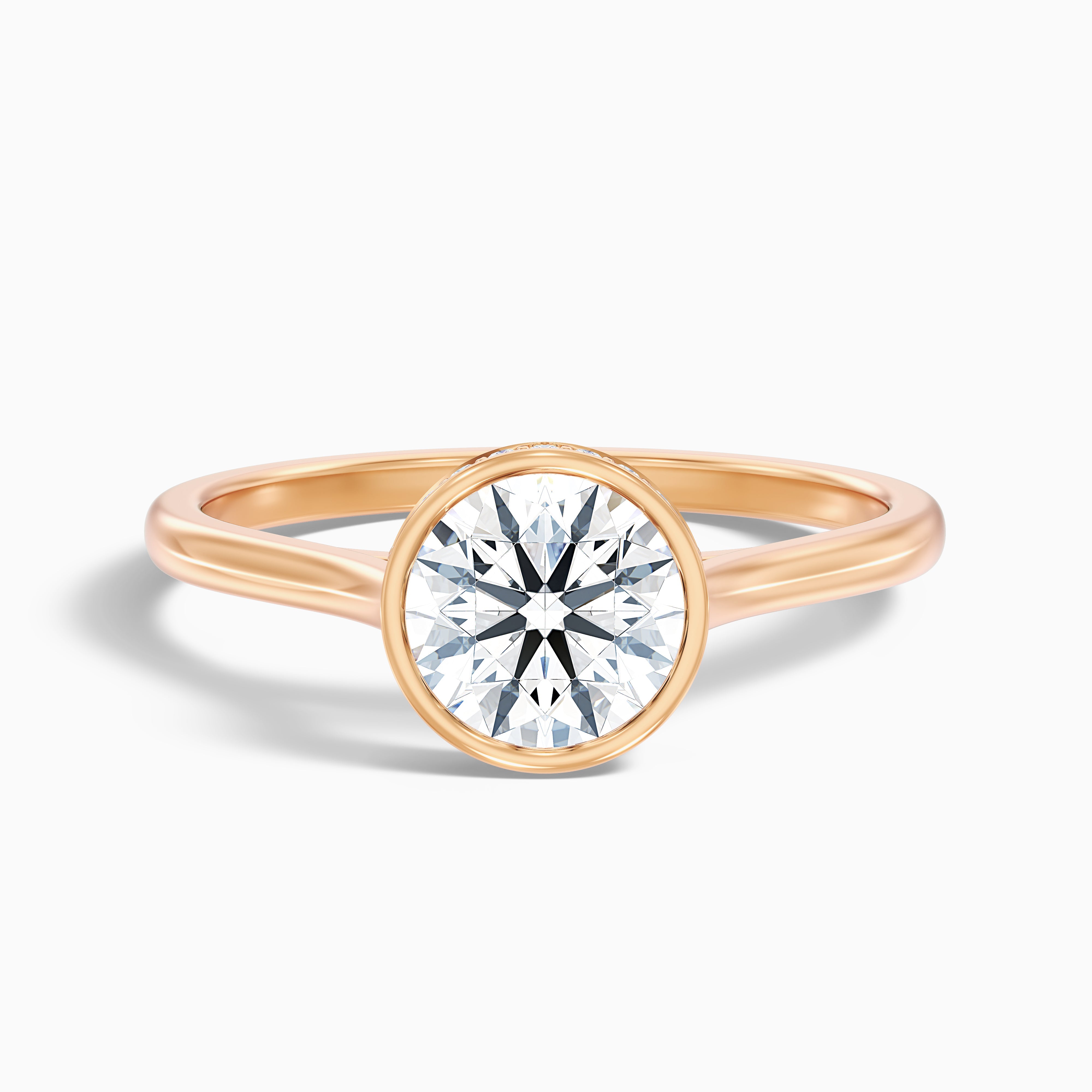 Customize Now
Customize Now
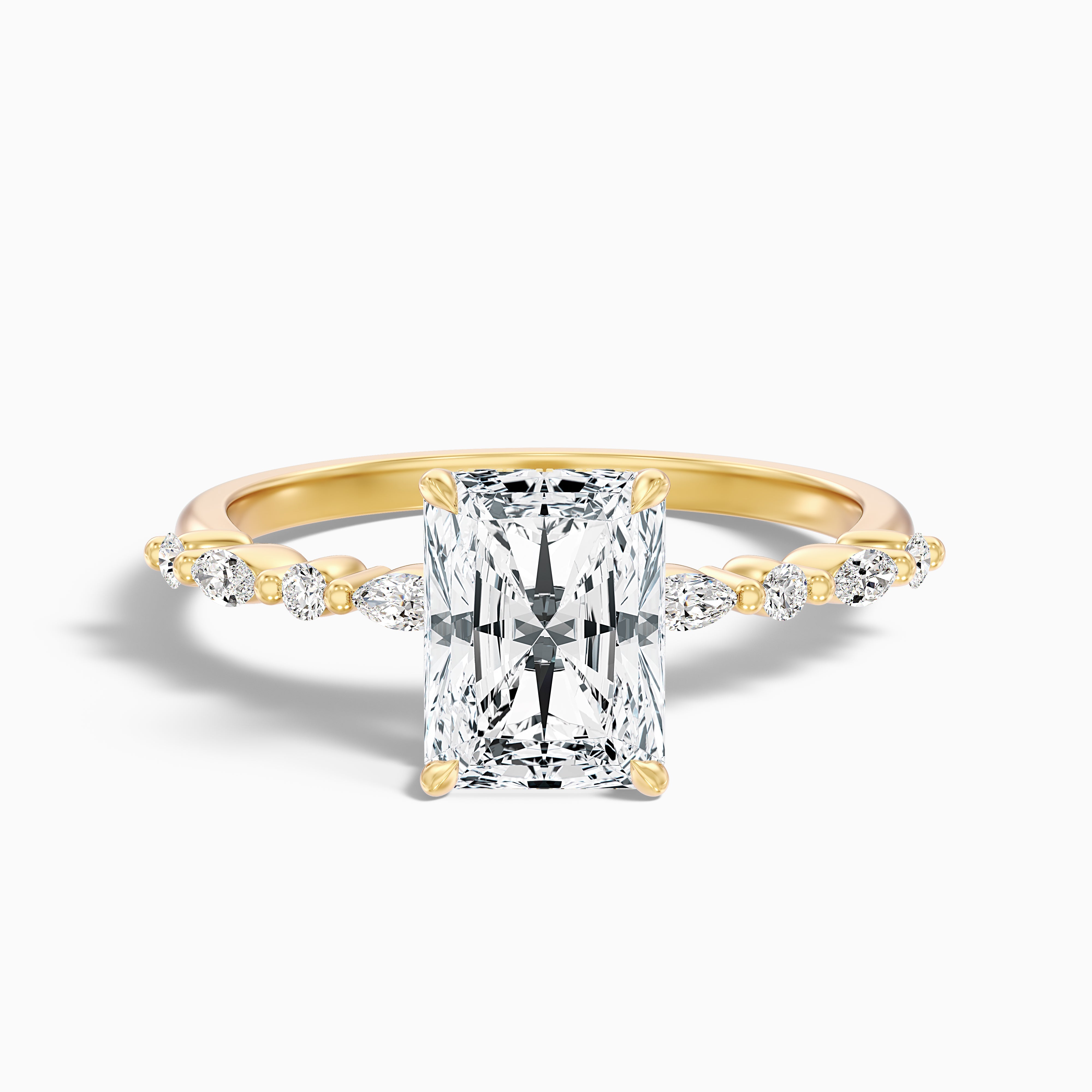 Customize Now
Customize Now
Pros and Cons of Choosing Moissanite for an Engagement Ring
Like anything, moissanite has its upsides and downsides. Let’s break them down.
Pros:
- Affordability: You can get a much larger stone for less money compared to a diamond.
- Brilliant Sparkle: Moissanite has more fire than diamonds, creating eye-catching flashes of color.
- Eco-Conscious and Conflict-Free: Since its lab created, moissanite avoids the ethical concerns associated with mined diamonds.
- Extremely Durable: With a hardness rating of 9.25, moissanite is tough enough for everyday wear.
Cons:
- Different Sparkle Pattern: Some people feel moissanite’s sparkle is too flashy or rainbow-like, which might not appeal to everyone.
- Slightly Lower Resale Value: Unlike diamonds, moissanite doesn’t hold its value as well if you decide to sell it later.
- May Be Distinguishable by Experts: While most people won’t notice the difference, trained gemologists can tell moissanite apart from diamonds using specialized tools.
Moissanite Vs. Diamond: What’s the Difference?
When it comes to choosing between moissanite and diamonds, there are a few key factors to consider.
Appearance
Diamonds are known for their classic, understated sparkle, while moissanite tends to be more fiery and colorful. If you prefer subtlety, a diamond might be your best bet. But if you love bold, eye-catching brilliance, moissanite could be the way to go.
Hardness and Long-Term Wear
Both stones are incredibly durable, but diamonds take the crown here with a hardness rating of 10 compared to moissanite’s 9.25. That said, moissanite is still tough enough to withstand daily wear and tear, so it’s unlikely you’ll notice much of a difference in practical terms.
Price Differences
This is where moissanite shines (pun intended). A one carat diamond can cost thousands of dollars, depending on its quality. A similarly sized moissanite? Just a fraction of that price. For budget-conscious buyers, this is a major selling point.
Maintenance and Care
Both stones require minimal upkeep. Regular cleaning with mild soap and water will keep them looking their best. However, since moissanite is slightly softer than diamonds, it might develop tiny scratches over time if not cared for properly.
Which Suits Which Buyer?
If you’re someone who values tradition, resale value, or understated elegance, a diamond might suit you better. On the other side, if you’re practical, budget-conscious, or passionate about sustainability, moissanite could be the perfect fit.
Is Moissanite Right for You?
Deciding whether moissanite is the right choice depends on several factors. Here are some questions to ask yourself:
- Do I care about having a traditional diamond? If yes, stick with diamonds. If no, moissanite could be a great alternative.
- Is my budget flexible? If you’re working with limited funds, moissanite lets you get more bang for your buck.
- How important are ethics and sustainability to me? If these matter, moissanite is a clear winner.
- What kind of lifestyle do I lead? If you’re active or work with your hands, moissanite’s durability makes it a solid pick.
Ultimately, your ring should reflect who you are. Whether you choose moissanite or a diamond, make sure it aligns with your values and lifestyle.
Conclusion
Moissanite has carved out a niche for itself in the world of engagement rings, offering a compelling mix of affordability, beauty, and sustainability. While it may not replace diamonds entirely, it’s certainly a strong contender for anyone looking for an alternative that doesn’t skimp on quality.
By now, you should have a clear understanding of what moissanite is, why it’s gaining traction, and whether it’s the right choice for you. Remember, the best engagement ring is the one that makes you happy. So, take your time, weigh your options, and trust your instincts. After all, this is a decision you’ll live with and love for years to come.

